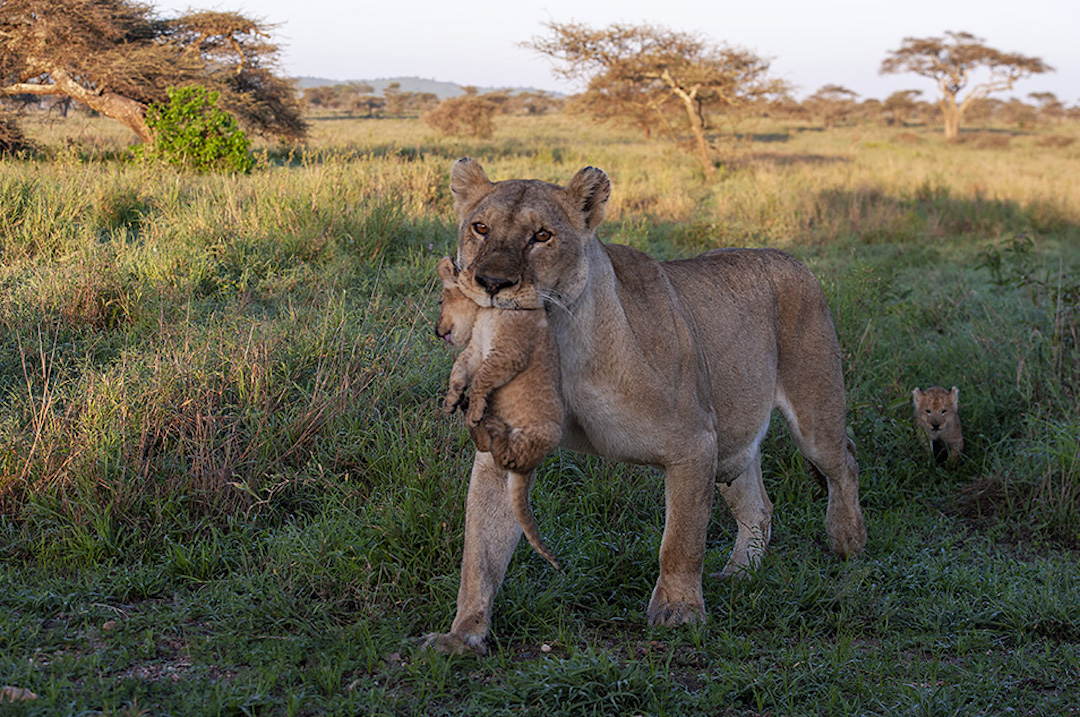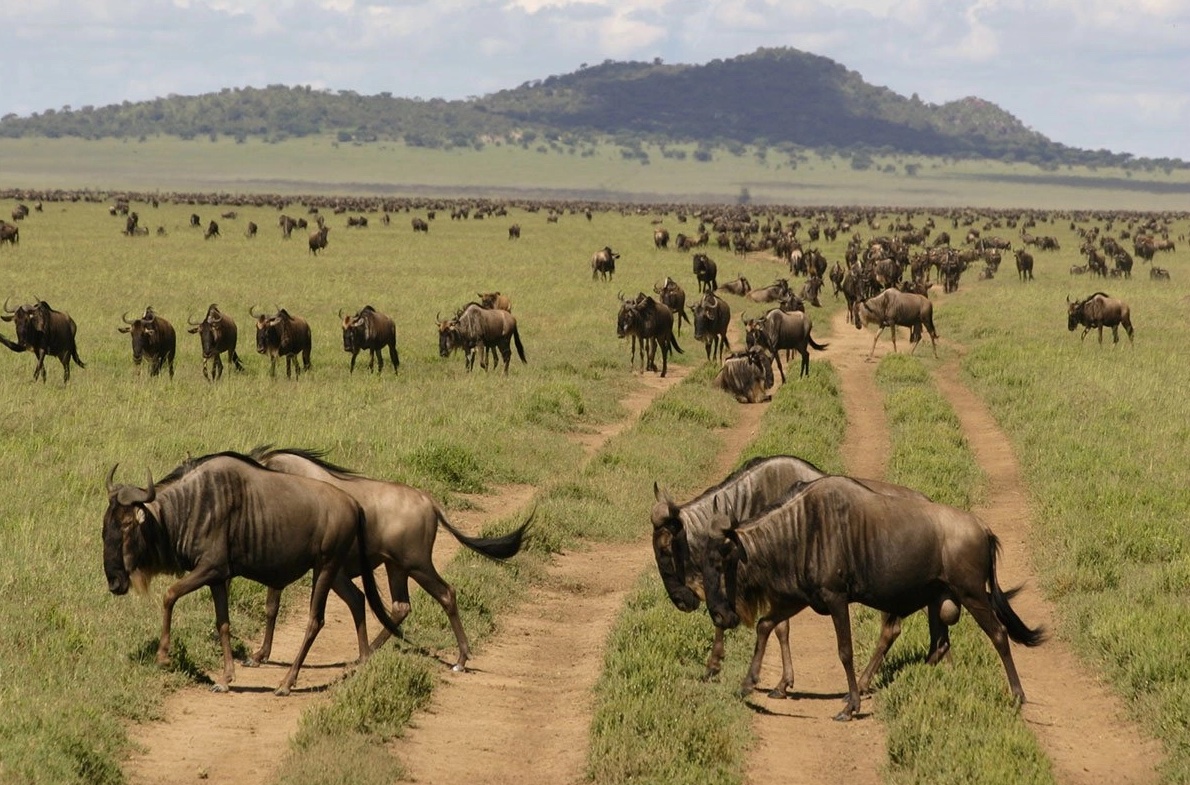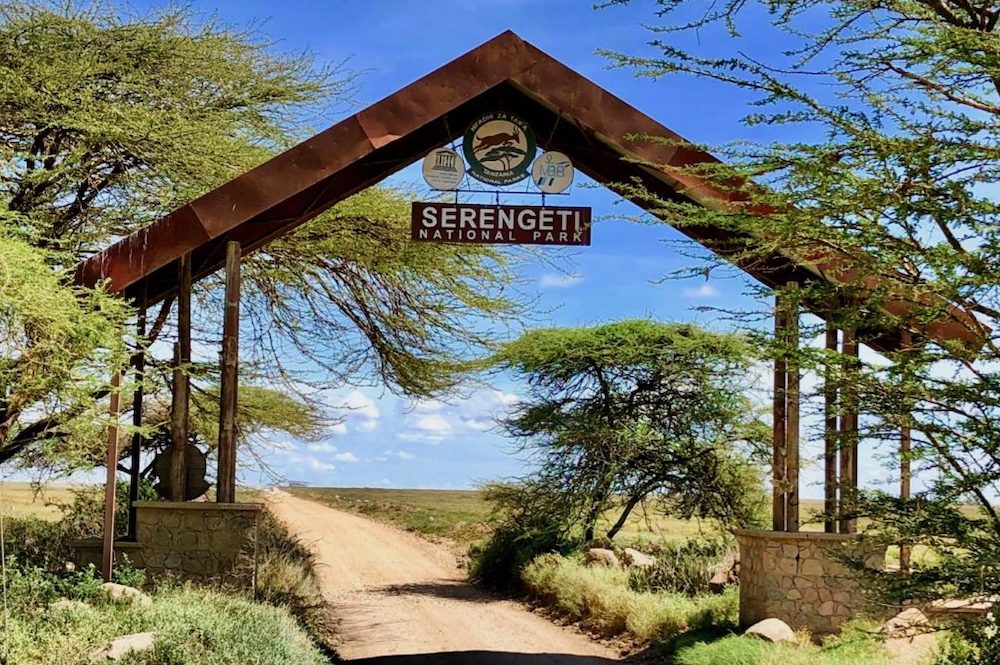Serengeti National Park is the most famous park in Tanzania and Africa at large. The Serengeti has been ranked as the best national time and again by both safaribooking.com and World Travel Awards both with both awards earned through votes by both travelers and travel experts.
The word Serengeti is derived from the word ‘Siringitu’, a Maa word that literally means “the place where the land moves on forever”. It is sometimes translated as the endless plains. The Maa language is the language spoken by the Maasai People (also spelt as Masai); a world-famous Nilotic speaking tribe, who occupy plains in Kenya and Tanzania. They Maasai are well known for their colorful cultural dressing, and beaded jewelry, cattle rearing and their warriors who in the past used to kill lions with spears.
Perhaps what makes the Serengeti more famous is the annual wildebeests Migration that has been termed as the greatest wildlife spectacle in the world. The wildebeest migration starts in Southern Serengeti within the Ndutu Plains and ultimately ends with the crossing of Mara River by more than a million and a half wildebeests accompanied by more than 200,000 Zebras and 300,000 gazelles as they cross to Masai mara in Kenya. The phenomenon is what has come to be known as ‘The Great Migration’ which is one of the wonders of the world.
At Safari Desire we are constantly following the movement of the animals during the migration. We make sure that we take you where the action is taking place!
Serengeti National Park – Location
This national park is part o the larger Serengeti ecosystem that also includes; Ngorongoro conservation area, Maswa game reserve, Loliondo, Grumeti and Ikorongo controlled areas as well as the famous Maasai Mara national reserves across the border in Kenya. This ecosystem is one of the oldest on earth. It covers about 30,000 km sq, and within it there are two world heritage sites and two biosphere reserves.


 The herds then move from the Western Corridor towards Kogatende in Northern Serengeti and ultimately cross the Mara River between from August to September, going in various groups / batches. If you are hoping to catch the wildebeest migration at the Mara River, your best bet would be to travel within those months of August and September.
The herds then move from the Western Corridor towards Kogatende in Northern Serengeti and ultimately cross the Mara River between from August to September, going in various groups / batches. If you are hoping to catch the wildebeest migration at the Mara River, your best bet would be to travel within those months of August and September.